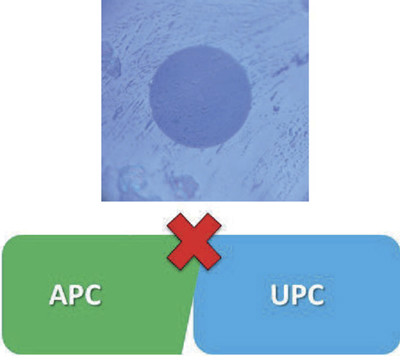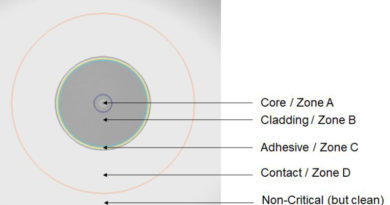The Art of Optical Attenuation Reduction
By Steven Harris
With the increasing global deployment of the industry’s optical networks, it becomes imperative to uphold optimal levels for optical attenuation. This phenomenon refers to the diminishing intensity of an optical signal, commonly known as light, during its transmission through optical fibers and our networks. In the realm of optical networks, managing attenuation, also known as signal loss, is vital to sustain a robust transmitted signal over extended distances. This piece offers insights into enhancing your optical networks by minimizing attenuation.
The journey to minimize attenuation in the network begins with relying on reputable suppliers or selecting vendors with proven track records of delivering top-tier products. These suppliers often invest substantially in research and meet SCTE Recommended and Operational Practices, enhancing the quality of their offerings. For instance, premium-grade fibers with minimal attenuation properties represent the initial strategy for curbing signal degradation. Opting for single-mode fibers in network configurations usually results in lower attenuation levels compared to multi-mode fibers.
Frequently repeated, yet crucial, fiber optic cleaning ranks as the foremost method for minimizing signal attenuation. Regular scrutiny using a scope and meticulous cleaning of optical connectors, fiber ends, and ports are essential in preventing losses caused by impurities. Employing appropriate cleaning tools and methods is key to minimizing signal degradation due to dust, dirt, or other pollutants. Thorough inspection also aids in the identification of damaged fiber connectors and ports, as well as reducing insertion loss (IL) with poor connections. Moreover, ensuring the compatibility of the connector type with the port type is crucial, as mismatches can lead to degraded return loss (RL).

Figure 1. Fiber inspection and mismatched connectors
In certain network configurations, signal amplification becomes essential, achieved through the utilization of optical amplifiers. Operators commonly deploy the erbium-doped fiber amplifier (EDFA) at 1550 nm to enhance the strength of the optical signal and counterbalance losses attributed to attenuation. These amplifiers are strategically positioned within an HFC, fiber-deep, or optical distribution network (ODN/FTTH) to guarantee signal resilience throughout the transmission process.
Transcending the designated bending radius of fiber cables is a prevalent factor contributing to significant optical signal loss and attenuation. Adherence to proper cable management protocols and standards (e.g., ITU-T G.657) is imperative to circumvent sharp bends and ensure careful handling during the installation process. By minimizing losses resulting from both macro-bending and micro-bending, attenuation within the network can be effectively diminished. In relation to bending, it is important to note that if a cable requires pulling, the cable’s maximum tensile load should not be exceeded.

Figure 2. Microbend vs. macrobend
Operators commonly employ wavelength division multiplexing (WDM) technology, enabling the simultaneous transmission of multiple optical signals at different wavelengths (e.g., 1490 nm and 1577 nm) through a single optical fiber. By leveraging distinct wavelengths for varying signals or PON types, the overall transmission capacity of the ODN may be expanded, reducing the need for frequent signal amplification with EDFAs.
Routine inspections and maintenance of optical network components are vital for identifying and addressing potential issues that may contribute to excess attenuation. This entails thorough checks for physical cable, connector, or splice damage, as well as meticulous scoping and cleaning of optical connection points to ensure optimal signal transmission. Additionally, splicing with good craft, using a limited number of splices and connectors with minimal IL helps minimize additional losses that may impact attenuation. Employing high-quality connectors, fusion splicing techniques, and products from reliable vendors can efficiently reduce signal degradation at connection points. Additionally, incorporating a PON power meter is essential for monitoring optical power within the network.
Looking ahead, the adoption of advanced transmission technologies, such as new fiber standards like ITU-T G.657 or coherent optical transmission systems, holds the potential to enhance signal quality and alleviate the effects of attenuation on overall network performance. Additionally, having a properly educated and certified (e.g., SCTE BFI) workforce reduces operational expenses, lowers human error factor, and improves metrics in the network! By implementing these measures, broadband operators can effectively reduce attenuation in optical networks, ensuring dependable and high-quality data transmission for all their customers!
 Steven Harris
Steven Harris
VP Global Market Development,
SCTE® a subsidiary of CableLabs®
Steve is responsible for overseeing the architecture and evolution of education programs, professional credentialing, and customized career learning journeys, as well as international business development and partnerships for SCTE.
—
Figures provided by author.


